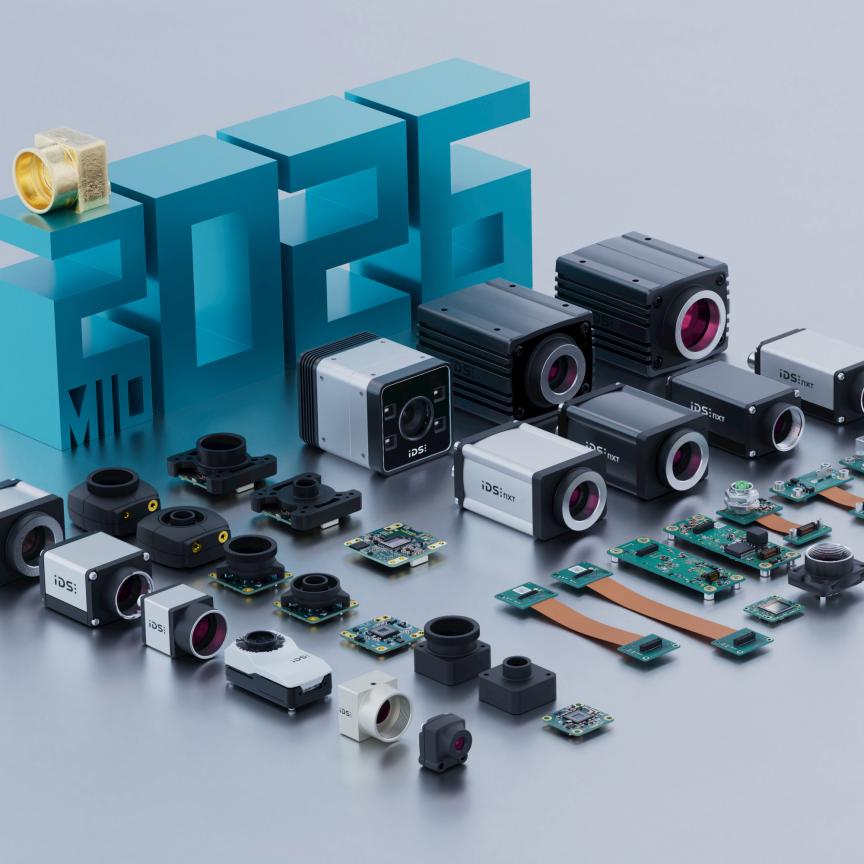Two Israeli machinery manufacturers, Com-N-Sense and Lugo Engineering, have jointly developed an automated inspection and sorting system for dates that optically inspects each individual fruit and sorts it by category.
‘Dates aren’t easy to work with,’ said Lirian Shahar, managing director of Com-N-Sense. ‘In comparison to other fruits, they’re small, and yet there are significant differences in size among them. On top of that, they’re sticky, and after harvesting, they often get stuck together in clumps.’
To separate sticky dates from each other, Com-N-Sense and Lugo developed a vibrating feeder whose surface is covered with V-shaped grooves. The vibration separates the individual dates from each other and they line up behind each other in the grooves.
From there, the dates are fed onto four conveyor systems consisting of two parallel polyester cords and operating at a speed of 6 dates per second, allowing the system to inspect 24 dates per second.
Each conveyor moves through an inspection station consisting of a triggering sensor, a digital camera, and lighting. Four Prosilica GC1290C colour cameras from Allied Vision Technologies are positioned over the four conveyor systems. Each camera is linked to a dome light with a 10cm diameter, providing even, white illumination of the dates. This is especially important because the examination is based upon colour analysis. The camera and lighting are triggered via photo sensor for every passing piece of fruit.
The AVT Prosilica GC1290C is an especially compact and robust digital camera with a GigE Vision interface. It is equipped with a high-sensitivity colour sensor from Sony (ICX445) utilising Sony EXview HAD CCD technology with outstanding image quality. It delivers up to 32 images per second at full resolution (1.2 megapixels).
‘The date is first distinguished from the background,’ Shahar explained. ‘The enormous colour contrast between the bright green polyester cords and the reddish-brown dates achieves this.’ RGB data is then converted into HSI colour-space to conduct colour analysis.
Alongside the size and weight, colour and surface characteristics play an important role in marketing dates. It is not unusual for the skin to separate from the meat of the fruit and, contingent upon humidity combined with the sugar content, for blisters to form on the date’s surface. These blisters have an effect not only on the taste, but also can diminish the dates’ value for aesthetic reasons. Blisters on the outer surface appear in a lighter colour. In this manner, quantity, size and form of the blisters can be determined.
Beyond a certain threshold, dates that exhibit too many blisters are sorted out using compressed air. Selection criteria can be individually defined according to customer quality demands, and different categories can be set, such as product for processing, for retail sale, and so forth.
Com-N-Sense und Lugo Engineering’s system is already in successful use in Israel and is being further refined by its inventors.

